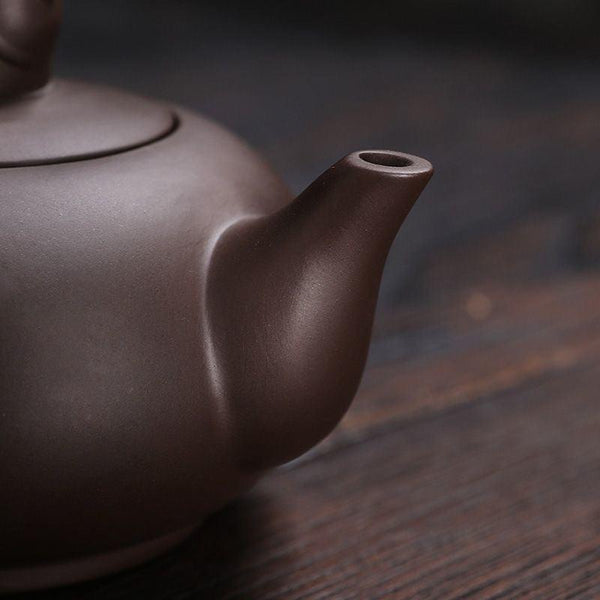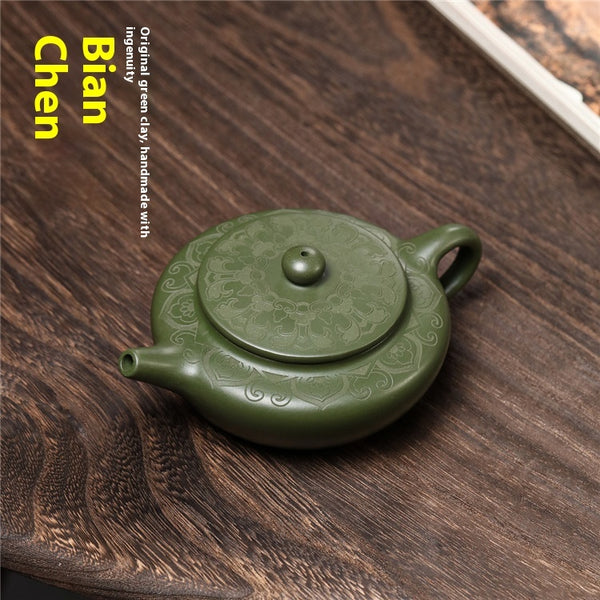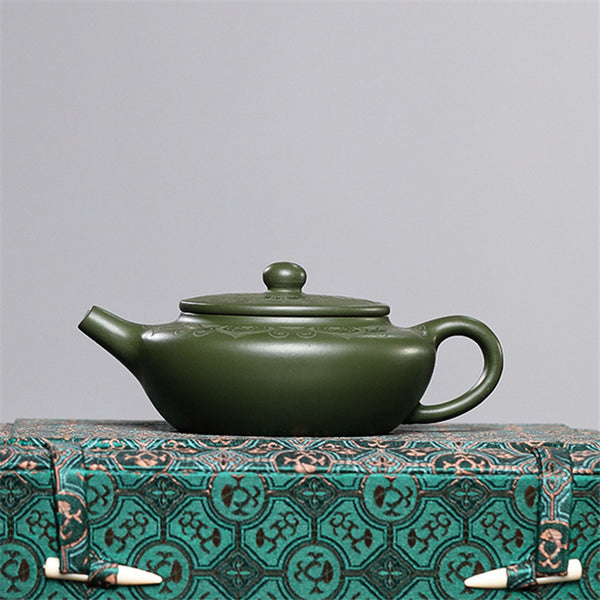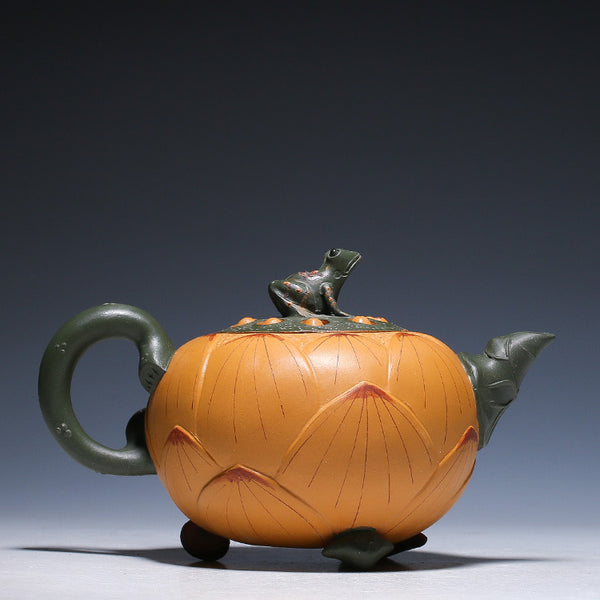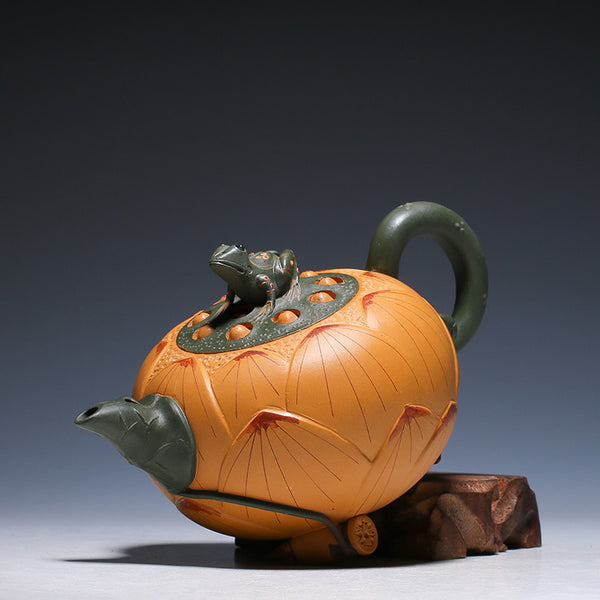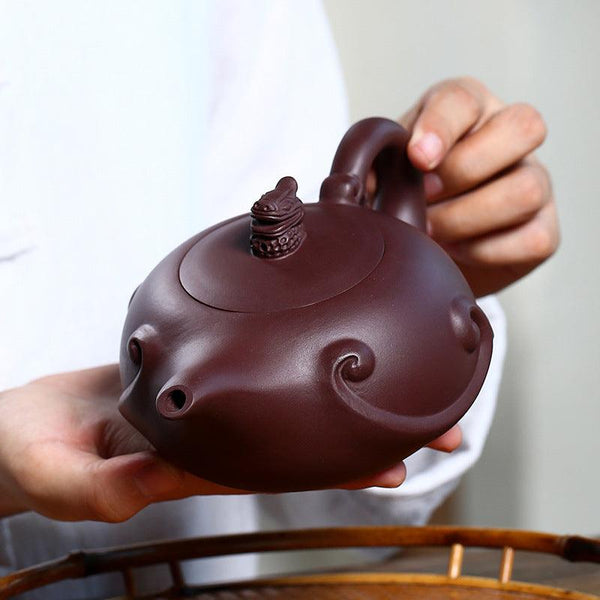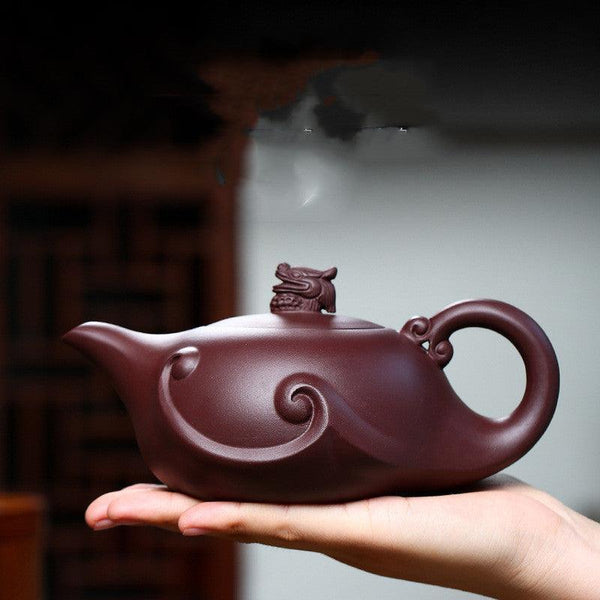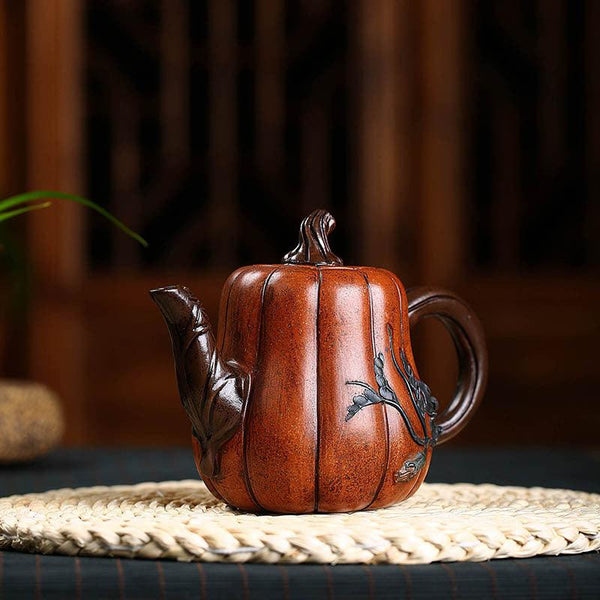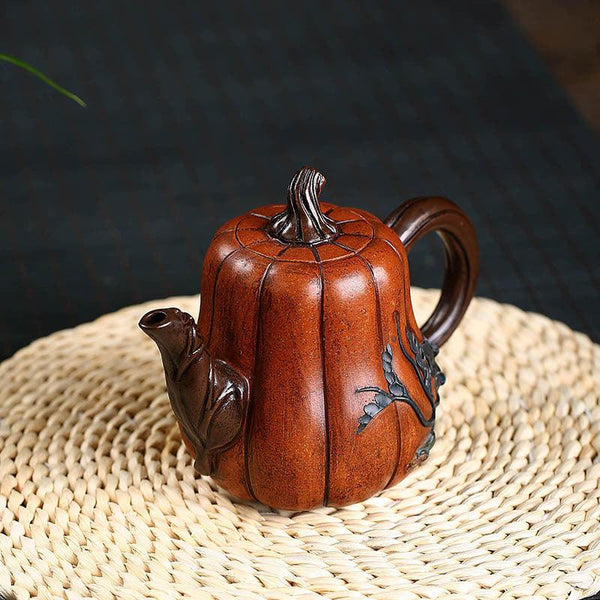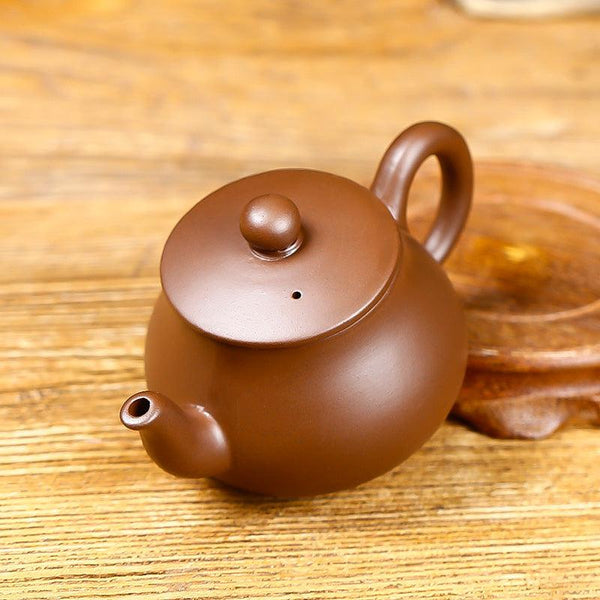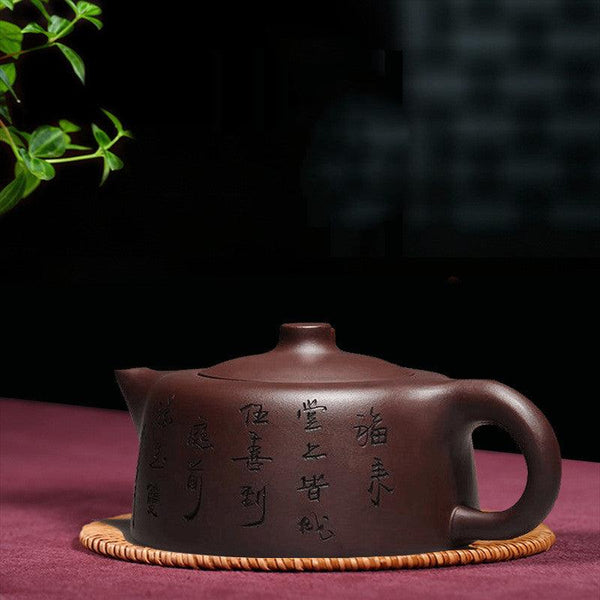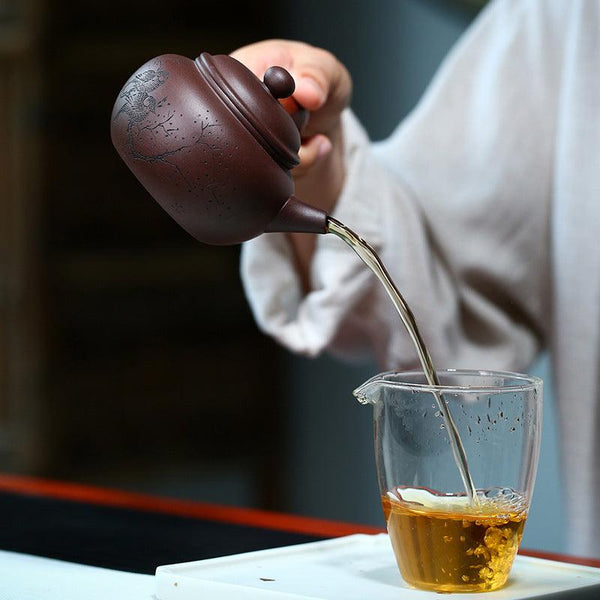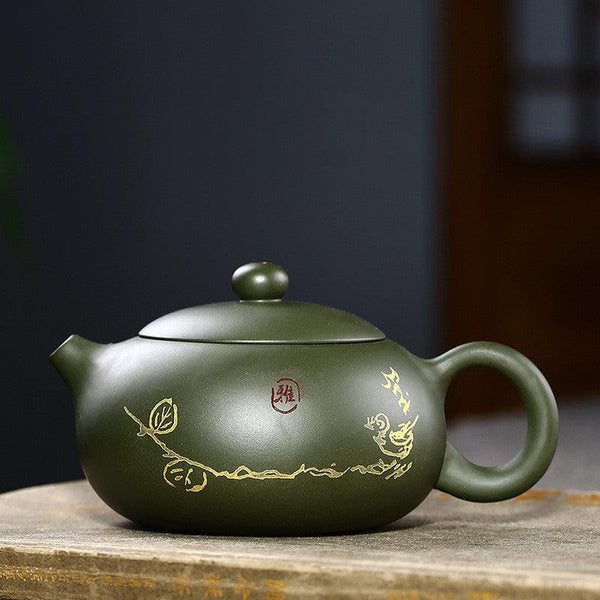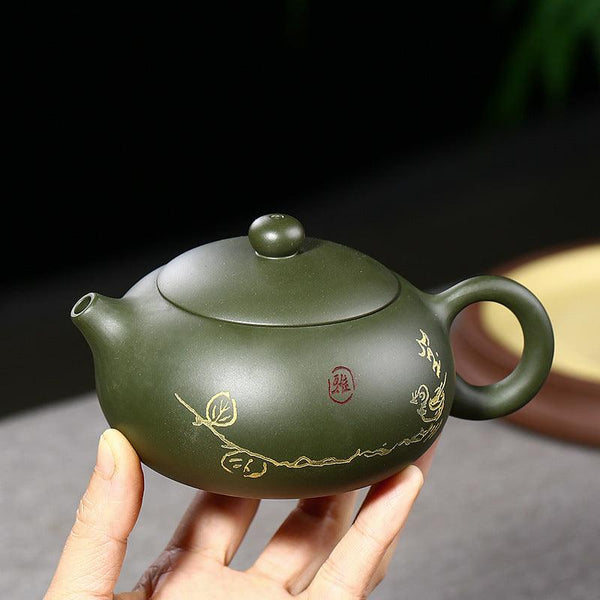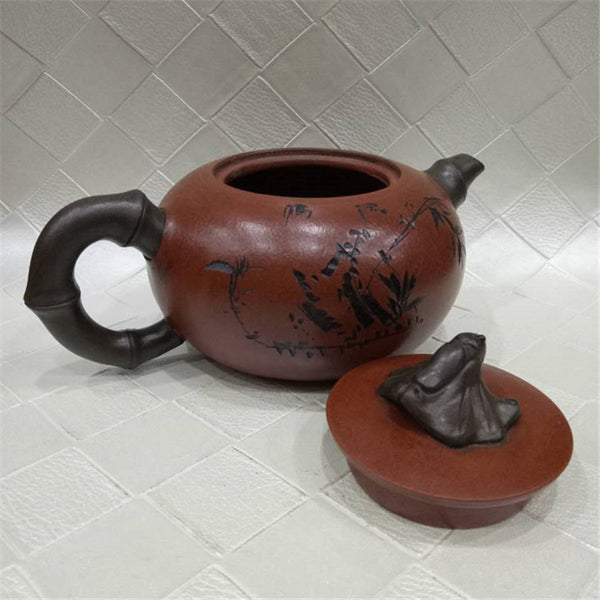Introduction
The material of the teapot you use can significantly impact the flavor, aroma, and overall experience of brewing tea. Different materials offer unique characteristics that influence how heat is retained, how the tea flavors are enhanced, and how easy the teapot is to maintain. Whether you're a casual tea drinker or a dedicated enthusiast, choosing the right teapot material is key to making the perfect brew. In this guide, we'll explore the various materials commonly used for teapots and how to select the best one based on the type of tea and your personal brewing preferences.
Teapot Materials: How Different Options Affect Tea Brewing and Flavor
When choosing a teapot, the material used to make it can significantly affect the brewing experience and flavor of the tea. There are several types of materials commonly used for teapots, each offering unique characteristics, advantages, and maintenance needs. Understanding these materials can help you select the best teapot for your preferred tea types, brewing habits, and aesthetic preferences.
Clay Teapots
Clay teapots, particularly those made from Yixing clay, are highly prized in traditional Chinese tea culture. Known for their porous nature, Yixing teapots absorb oils and flavors from the tea, enhancing the taste with each use. This unique feature makes them ideal for brewing full-bodied teas like Pu'er and Oolong, as the teapot develops a "seasoned" quality over time. However, Yixing teapots require careful maintenance. However, these teapots require special care—using soap to clean them can damage their surface, and they work best with a single type of tea, as the clay absorbs the essence of that tea. Maintaining Yixing teapots involves regular cleaning with hot water and avoiding the use of any detergents, as this could interfere with the teapot's ability to enrich the flavor of the tea.
Glass Teapots
Glass Teapots are another popular choice, particularly for lighter teas such as herbal teas, green teas, and flower teas. The transparency of the glass allows tea drinkers to observe the full brewing process, watching the tea leaves unfurl and the color of the tea develop. This visual aspect makes glass teapots particularly appealing for floral teas like chamomile or jasmine, which are as much about the visual appeal as the flavor. Glass teapots do not absorb flavors, making them versatile for brewing different types of tea without altering the taste from previous brews. However, glass teapots are not as good at retaining heat as materials like cast iron, so the tea may cool more quickly. Glass is also fragile and can be prone to breaking if not handled carefully, making it less durable than other materials.
Cast Iron Teapots
Cast Iron Teapots, or Tetsubin, are known for their exceptional heat retention, making them ideal for brewing hearty teas like black tea and Pu'er tea. The heavy-duty construction of cast iron helps maintain the optimal brewing temperature, which is particularly important for teas that require a longer steeping time. These teapots are durable and can last for generations with proper care. However, they are much heavier than other teapot types, which can make them difficult to handle, especially for those who prefer a lighter teapot. Cast iron teapots require proper maintenance to prevent rusting. After each use, they should be thoroughly dried to avoid moisture buildup, and the inside may need to be seasoned occasionally to maintain its protective layer. Despite the care required, cast iron teapots are a timeless choice for those who enjoy full-bodied teas.
Porcelain Teapots
Porcelain teapots are elegant and versatile, perfect for brewing a wide variety of teas such as green, black, and herbal blends. Their smooth, non-porous surface prevents the absorption of flavors, allowing you to enjoy different teas without altering the taste. Renowned for their refined appearance and intricate designs, porcelain teapots are often used in formal tea settings. However, they don't retain heat as effectively as cast iron or clay, causing the tea to cool slightly. Fragile and prone to cracking, porcelain requires careful handling. In contrast, stainless steel teapots are durable, rust-resistant, and practical, offering heat retention without enhancing flavors.
Silicone Teapots
Silicone Teapots represent a newer, more casual option for tea drinkers. These teapots are lightweight, durable, and resistant to damage, making them perfect for portability and outdoor use. Silicone teapots are easy to clean and maintain, as they do not stain or retain odors like other materials. However, they are not as effective at retaining heat as other materials, which may lead to a slightly less optimal brewing temperature. Silicone teapots cannot also absorb or enhance the flavors of tea, making them less ideal for enthusiasts who appreciate the subtle nuances of tea flavor development.
Conclusion
Choosing the right teapot material is crucial to achieving the best tea brewing experience. The material you choose can influence not only the flavor and aroma of your tea but also the brewing process itself. Clay teapots enhance the flavors over time, glass teapots offer a visual experience, and cast iron teapots retain heat exceptionally well. Meanwhile, porcelain and stainless steel teapots are versatile and easy to maintain, and silicone teapots provide portability for casual tea drinkers. By understanding the advantages and maintenance requirements of each material, you can select the perfect teapot to suit your tea preferences and brewing style.


